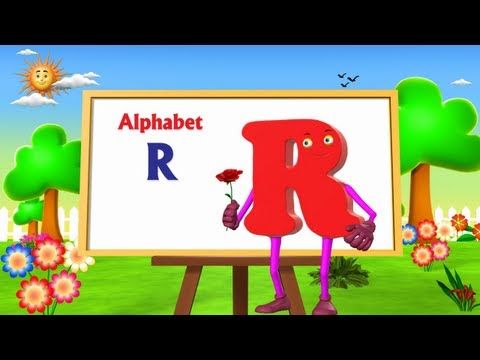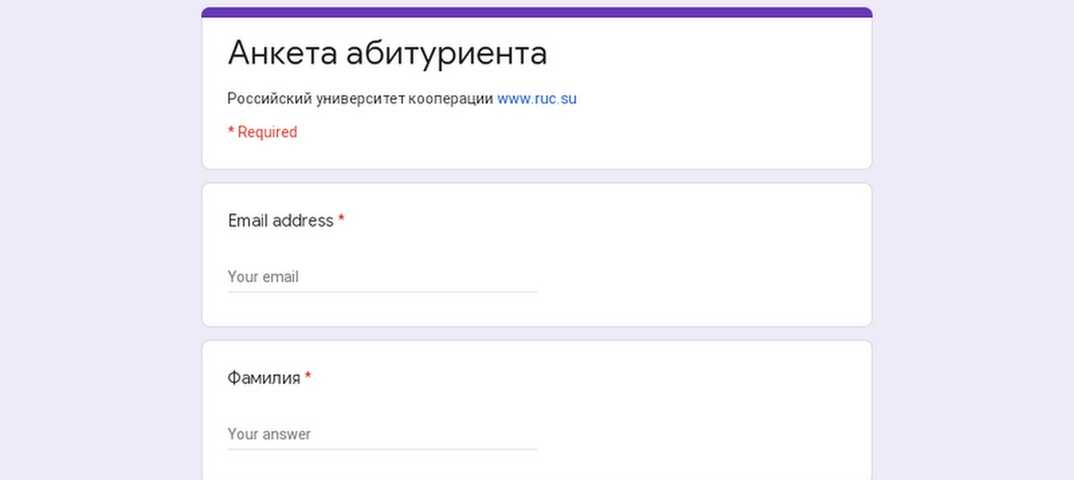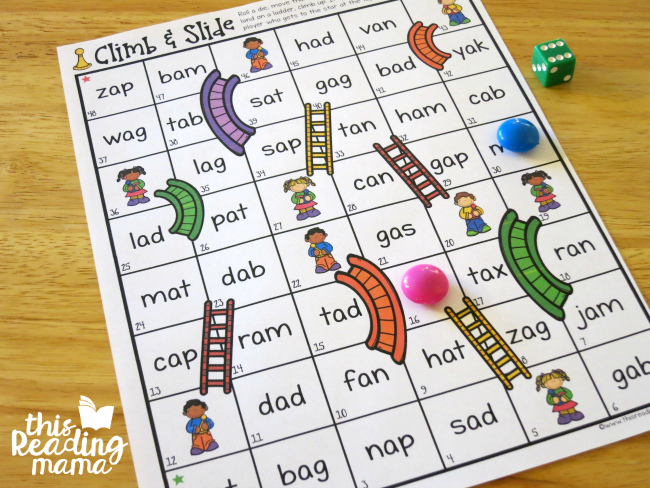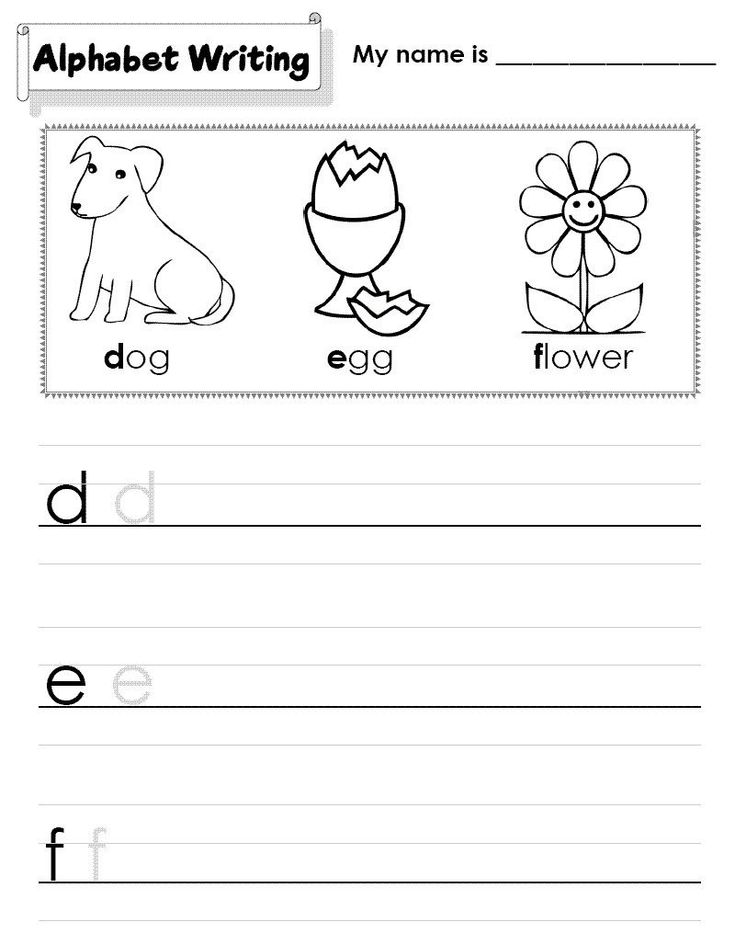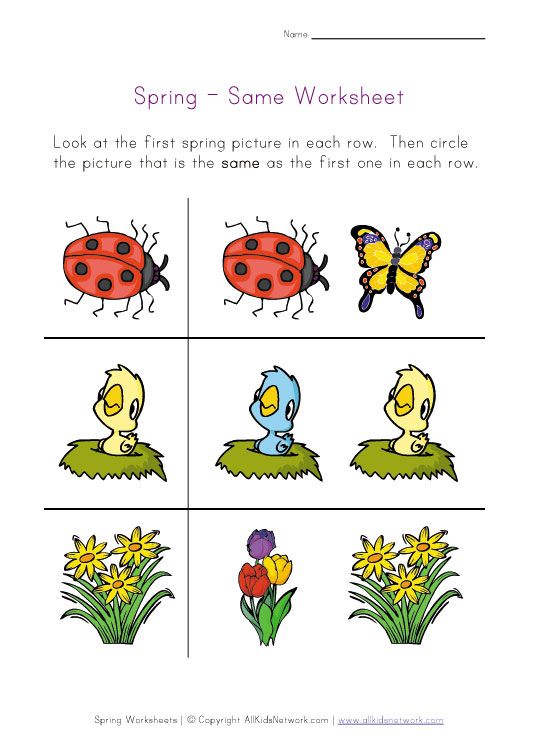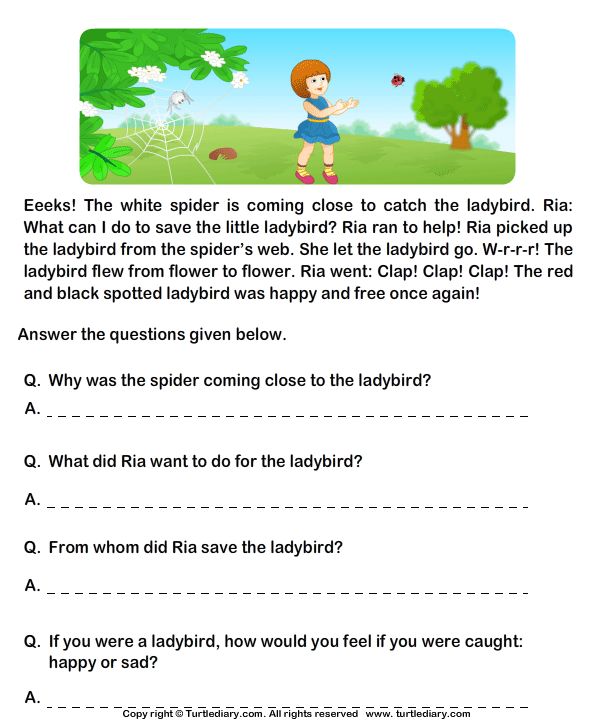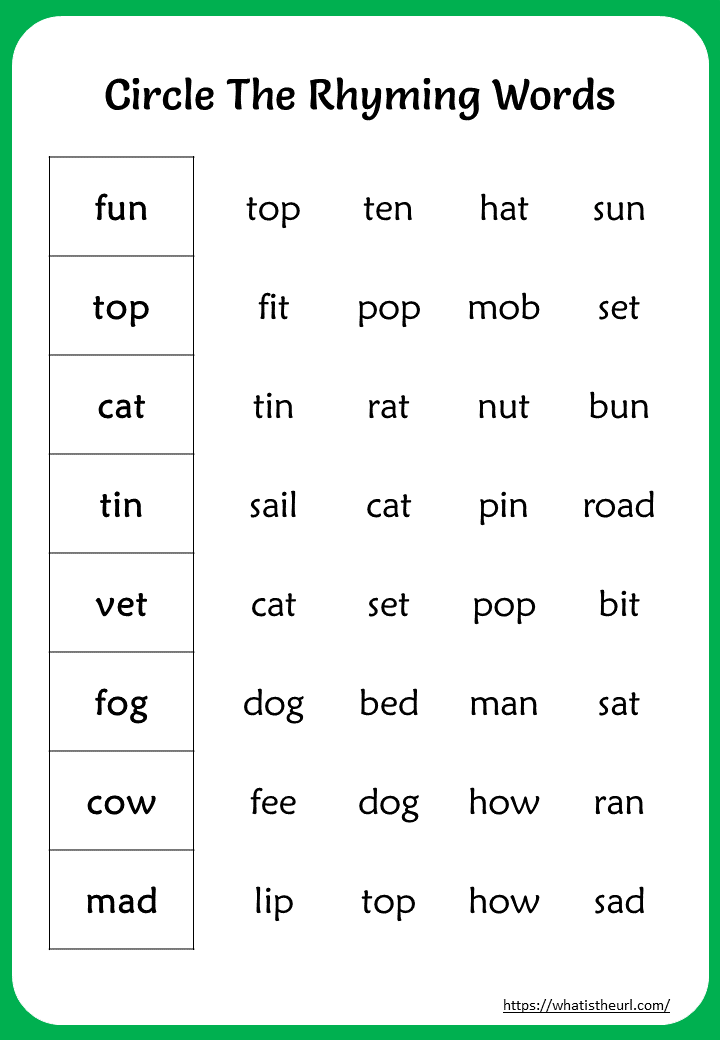Calculating lexile levels
Lexile and Quantile Measures
Lexile Measures in Nevada
The Lexile Framework® for Reading, commonly referred to as the Lexile Framework, has been linked with the Smarter Balanced summative assessment in English Language Arts for grades 3-8. In addition, the Lexile Framework been linked to the SAT and ACT. With Lexile measures, educators and parents can spur and support student learning.
What Is a Lexile Measure?
There are two kinds of Lexile measures: Lexile reader measures and Lexile text measures. Lexile reader measures describe how strong a student’s reading is. Lexile text measures describe how difficult, or complex, a text like a book or magazine article is. Lexile measures are expressed as numbers followed by an “L” (for example, 850L), and range from below 0L for beginning readers and text to above 1600L for advanced readers and text. Comparing a student’s Lexile measure with the Lexile measure of what they are reading helps gauge the “fit” between a student’s ability and the difficulty of text.
Access communications resources including the Lexile parent guide, educator guide, librarian guide, Lexile map, Lexile infographic and video at Lexile Educator Resources and Lexile Parent Resources.
- Lexile Educator Resources
- Lexile Parent Resources
Lexile Tools
- The Lexile Hub
The new Hub platform provides access to all of the free Lexile tools that support student learning and growth in reading
- Lexile Find a Book
Search among over half a million books using the Find a Book book browser that:
- Offers previews of challenging words and their definitions for each book.
- Identifies the Lexile level and vocabulary by chapter for over 1,600 popular books.
- Creates and manages personal book lists that can be shared.
- Searches by a student’s Lexile measure or range, grade level or interests.
- Lexile Analyzer
Paste or type in text of 1,000 words or less to discover:
- The Lexile range for the text.
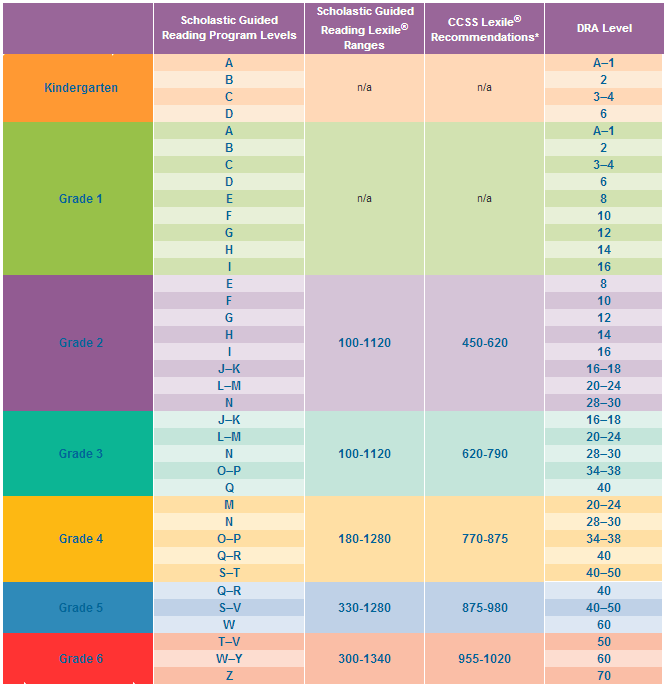
- Early Reading Indicator information for texts 650L and below.
- Lists of similar books.
- Challenging words highlighted in the text along with their definitions, parts of speech, example sentences.
- Toggle to Spanish to paste or type text in Spanish and get a Lexile range.
- Lexile Word Lists
Create your own customized lists of consequential words from a collection of 40 million words based on general and academic domain 1-12 vocabulary. Lists can be downloaded and printed.
- Lexile Career Database
Identify the Lexile level associated with the reading demands of a particular career in this new tool.
- Lexile Grade Level Charts
See how a large sample of students in grades K1-12 who were administered tests that reported Lexile measures performed based on this 2010-2016 research. Interactive charts are provided for descriptive purposes only and are not intended to be interpreted as state performance standards.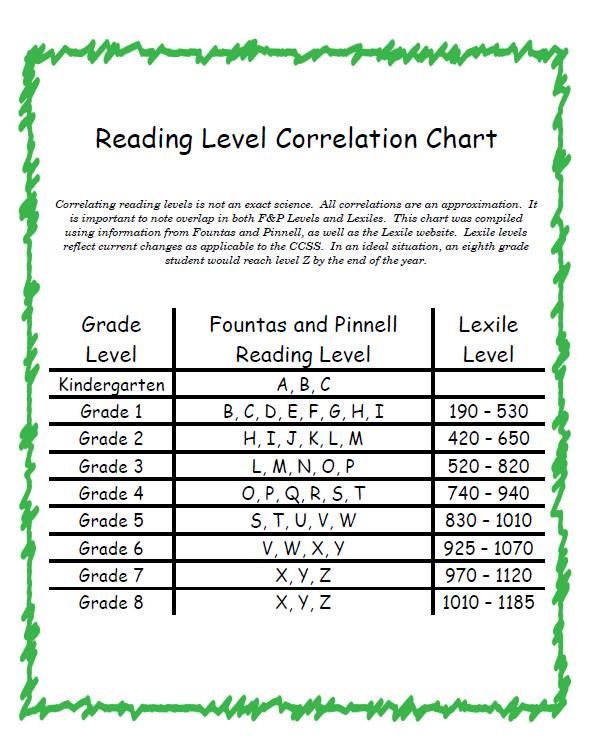
- Lexile Growth Planner
Chart a student’s reading growth across different annual state assessments and forecast future growth. With the Growth Planners, you can:
- Forecast college and career readiness with Lexile measures.
- Compare individual student results to national student performance.
- Explore career options along with expected reading demands.
- View national, state and regional career information.
- Access resources to support growth in reading.
- Lexile Measures Manager
Determine a student's optimal reading measure when two assessments have resulted in significantly differing Lexile measures.
Resources
- Educator Guide
- Lexile Librarian Guide
- Spanish Lexile Measures for Reading
- Lexile Map
- Compare Lexile Measures With Grade Levels
- Lexile Parent Guide
| Our Automatic Readability Checker takes a sample of your writing and calculates the number of sentences, words, syllables, and characters in your sample. (Note: We also have separate readability tools to calculate grade levels using the Fry Graph, Raygor Estimate Graph, Spache Formula, and New Dale-Chall Formula, located here: Free Readability Calculators and Text Tools). Directions: Paste in a sample of text and click "CHECK TEXT READABILITY." A sufficient sample size consists of 4-5 full sentences; approximately 200 - 600 words total. For larger texts, such as books, manuals, or dissertations, pull 1-2 sample sizes from each chapter. (Note: We limit the sample size to 3000 words. Sample sizes over 3K words are truncated.) Paste a sample of plain text in the box. Security check - Are you human?: Yes. (Click the box) Our free readability formula tool will analyze your text and output the results based on these readability formulas. Our tool will also help you determine the grade level for your text. 1. The Flesch Reading Ease formula will output a number from 0 to 100 - a higher score indicates easier reading. An average document has a Flesch Reading Ease score between 6 - 70. As a rule of thumb, scores of 90-100 can be understood by an average 5th grader. 8th and 9th grade students can understand documents with a score of 60-70; and college graduates can understand documents with a score of 0-30. 2. 3. The Fog Scale (Gunning FOG Formula) is similar to the Flesch scale in that it compares syllables and sentence lengths. A Fog score of 5 is readable, 10 is hard, 15 is difficult, and 20 is very difficult. Based on its name, 'Foggy' words are words that contain 3 or more syllables. 4. The SMOG Index outputs a U.S. school grade level; this indicates the average student in that grade level can read the text. For example, a score of 7.4 indicates that the text is understood by an average student in 7th grade. 5. The Coleman-Liau Index relies on characters instead of syllables per word and sentence length. 6. Automated Readability Index outputs a number which approximates the grade level needed to comprehend the text. For example, if the ARI outputs the number 3, it means students in 3rd grade (ages 8-9 yrs. old) should be able to comprehend the text. 7. Linsear Write Formula is a readability formula for English text, originally developed for the United States Air Force to help them calculate the readability of their technical manuals. Linsear Write Formula is specifically designed to calculate the United States grade level of a text sample based on sentence length and the number words used that have three or more syllables. StyleWriter software: use it to write better content! Download your free trial! | ||
Textometer - analysis of text complexity online
Textometer helps to determine the level of complexity and readability of the text for free, count the number of words and characters, find the average length of a word and sentence, keywords of the text, calculate the coefficient of lexical diversity of the text, get a list of words in the text and calculate its time reading.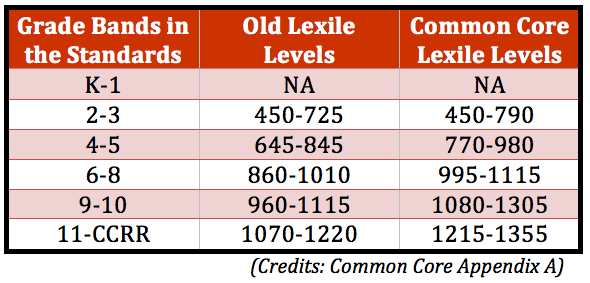
Russian as a foreign language
Russian as a native language
Define
Insert demo text
About the project
Textometer helps to determine the level of complexity of the text in Russian for free, calculate readability indices, find out the level of text on the CEFR scale, calculate the number of words and characters, find the key words of the text, calculate the coefficient of lexical diversity of the text, get a list of words from the text and calculate the time reading it, as well as to determine the statistics on the occurrence of words in lexical minima.
Level of CEFR and TORFL/TORFL
Determining the level of complexity of the text on the CEFR scale from A1 to C2 is done automatically, using a regression model trained on a corpus of 800 texts from RFL manuals. In the Publications section, you can find articles with more detailed information about how the automatic detection of text complexity works in our service [2], about the corpus of texts from RuFoLa textbooks [3], and about how to use the Textometer in a Russian language lesson [1 ].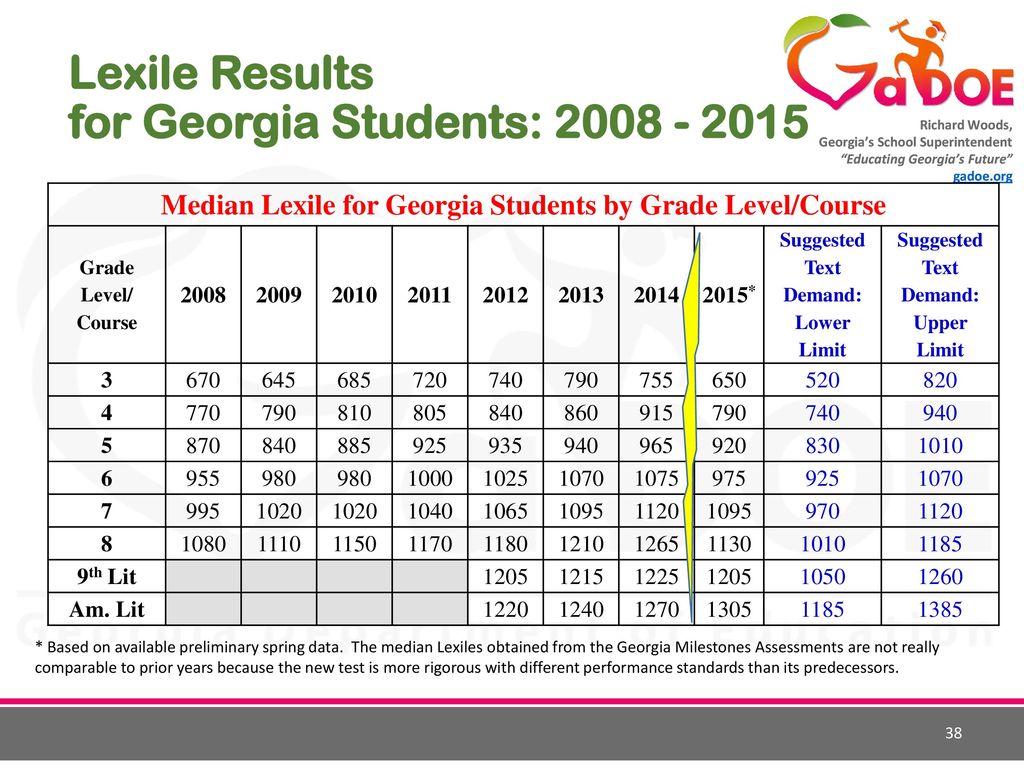
ACTFL Level
The ACTFL Level of Difficulty of a text is suggested using the CEFR and ACTFL Correspondence Table in the Receptive Skills section. Read more about matches here.
Can she be wrong? Experiments show that the model tends to slightly overestimate the level of complexity of the text, since it makes calculations based on given lexical minimums. Practice shows that students usually know (or guess from the context) more words than in the minimums. This is especially true for internationalisms and words that sound similar in the student's native language. This should be taken into account when preparing texts for Slavic or English-speaking students. You can read more about the experiment with comparing the work of the program, the opinions of expert teachers and the students themselves here [4].
Evaluation of the difficulty level of the text for schoolchildren
The difficulty levels of the text for foreigners are well standardized and documented.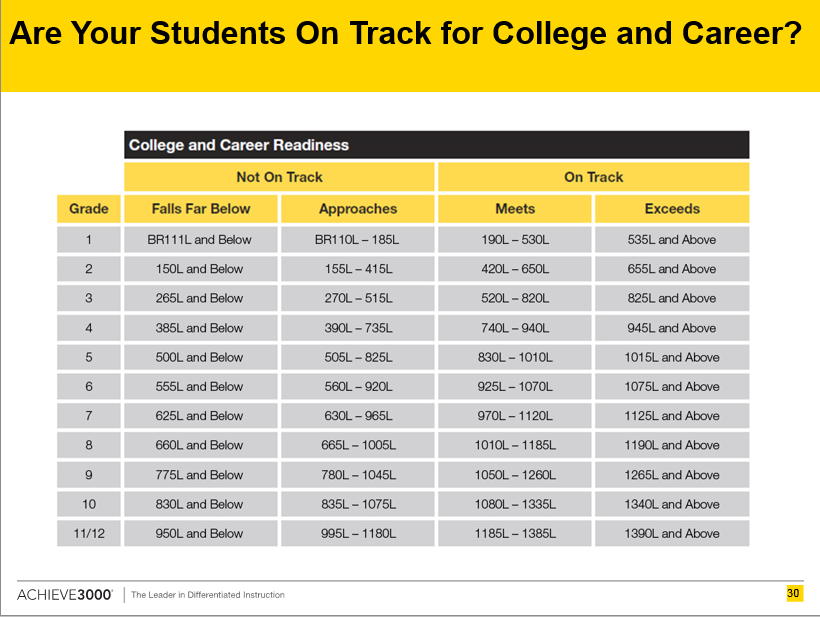 In texts for native speakers, the concept of text complexity is more multifaceted: the text is written in short words and phrases, which allows standard readability formulas to classify it as simple, but it is difficult to “break through” unfamiliar words or stylistic features.
In texts for native speakers, the concept of text complexity is more multifaceted: the text is written in short words and phrases, which allows standard readability formulas to classify it as simple, but it is difficult to “break through” unfamiliar words or stylistic features.
Therefore, our system evaluates text for readability by native speakers according to two criteria: structural complexity and lexical complexity. Structural complexity takes into account the classic Flesh readability formula adapted for the Russian language, as well as the presence of parts of speech and turns that make reading difficult (participles, passive forms, etc.) Lexical complexity is calculated based on the occurrence of text words in specialized frequency lists. The average score for these two complexity vectors allows us to assess the level of the text by age and grade. You can read more about this technology here [5].
Length of text in words, characters and sentences
Length of text in words, characters and sentences are basic characteristics of the text, especially useful for calculating the time it will take to master it, or when preparing test materials, where the length of the text is usually strictly defined state standard for RCT. For example, the recommended text length for reading A1 is 250-300 words, A2 is 600-700 words, and so on.
For example, the recommended text length for reading A1 is 250-300 words, A2 is 600-700 words, and so on.
Average word and sentence length
Calculation of the average length of a word and a sentence is used to determine the complexity of a text or its individual fragments. Thus, a large number of readability formulas use these indicators as the main ones (DuBay, 2004).
Lexical diversity coefficient
The lexical diversity coefficient is calculated as the ratio of the number of unique words in the text to the number of all words in the text and is indicated by a value close to 0 to 1 (when all words in the text are unique and have only been encountered once). This measure is useful for assessing the repetition, reproducibility of the vocabulary of the text and is also able to signal its difficulty. For example, the coefficient of lexical diversity of a fragment of an authentic journalistic text is on average 0.8, and of an educational text of level B1 - 0.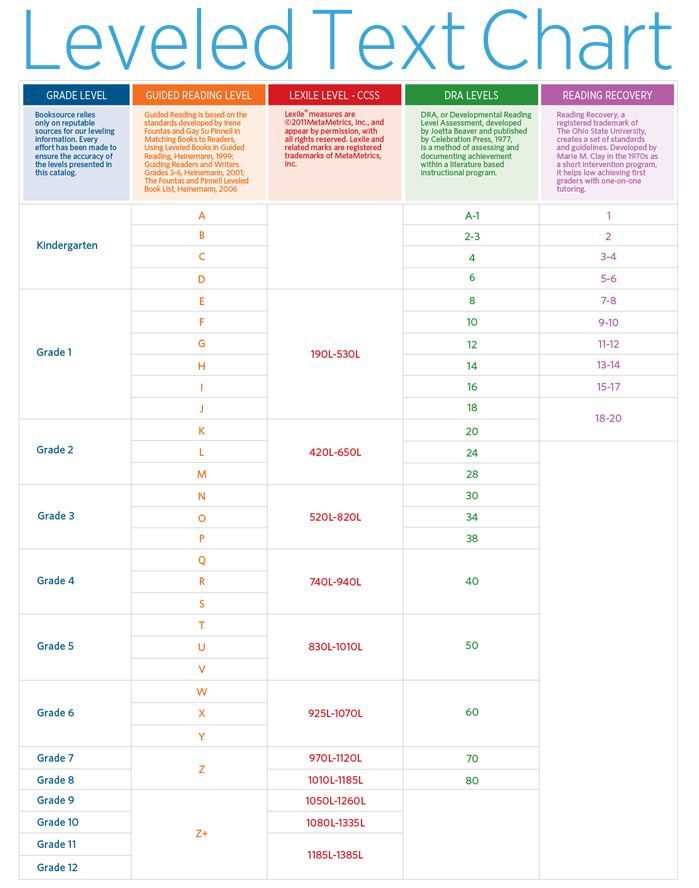 5. However, this coefficient should be used with caution on short educational texts: in one paragraph, most likely, almost all significant words will be unique, while in the whole text, the main names, locations, concepts and actions are more likely to be repeated.
5. However, this coefficient should be used with caution on short educational texts: in one paragraph, most likely, almost all significant words will be unique, while in the whole text, the main names, locations, concepts and actions are more likely to be repeated.
Search for text keywords
Search for text keywords is calculated as the ratio of the number of times a word occurs in the analyzed text to the frequency of the word according to the Russian National Corpus (TF/IDF measure with a correction factor). The highest rating is given to words that are often found in this text, but rarely in all other texts of the corpus, that is, the most typical for this particular text. For example, in the text of an interview with a musician, the words music and rap appear three times each. But at the same time, music occurs in the National Corpus 45,000 times, and rap - 270. From this point of view, the word rap is more characteristic and necessary for understanding this text. At the same time, the appearance of a word in the list of keywords does not mean at all that it should remain in the text during adaptation: the word can be replaced with a synonym or provided with an interpretation.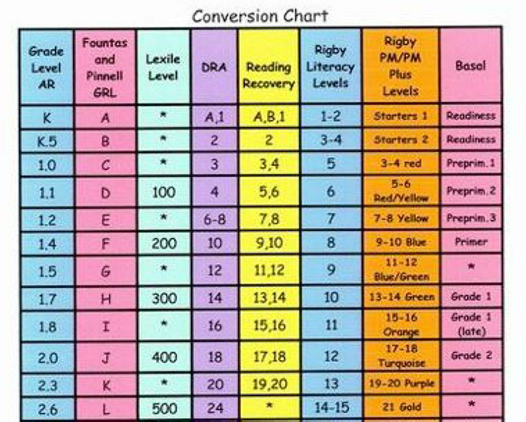 Its presence in the list only indicates that it plays an important role in the understanding of this text and should be given special attention when rewriting the text.
Its presence in the list only indicates that it plays an important role in the understanding of this text and should be given special attention when rewriting the text.
Difficulty level of text words according to the CEFR scale
Statistics on lexical minimums includes information on how many percent of the text is covered by lexical minimums of one or another level, and below is a list of words that are not included in the official lexical minimum of the TORFL standards of this level. The amount of unfamiliar vocabulary is the most important indicator of the language accessibility of a text: numerous studies show the closest relationship between the familiarity of the vocabulary of a text and the success of its understanding (Nation, 2006; Qian, 2002). The state standard for Russian as a foreign language also contains information on the recommended amount of unfamiliar vocabulary, which gradually increases from 2–3% for the A1 level to 10% for the C1 level.
Frequency analysis of text
Frequency analysis of text allows, firstly, to obtain a complete frequency list of words in the text, and secondly, statistics on the proportion of words in the text from the list of 5,000 most frequent words in the Russian language.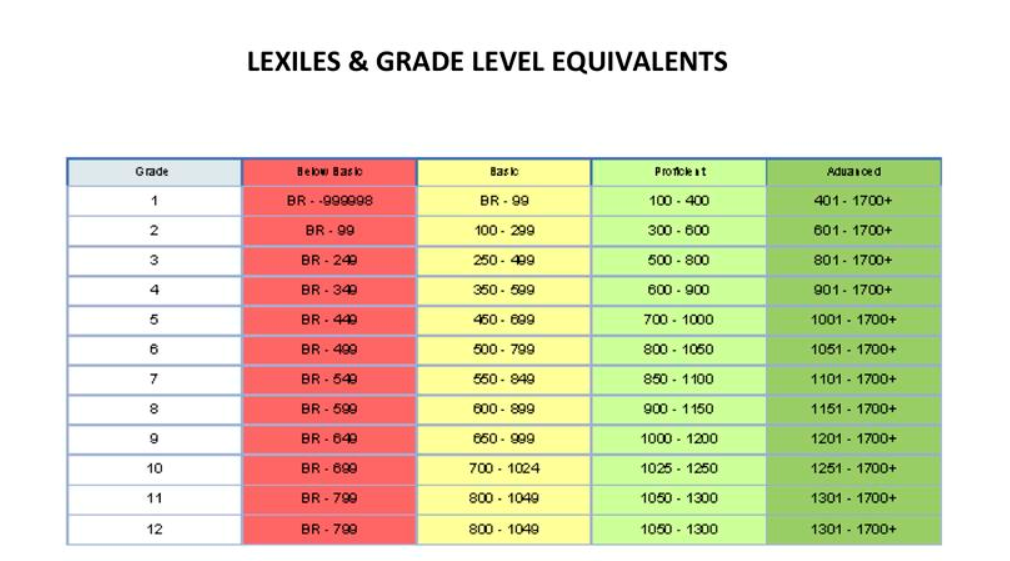 To calculate the statistics on the frequency of words, we used the New Frequency Dictionary of the Modern Russian Language.
To calculate the statistics on the frequency of words, we used the New Frequency Dictionary of the Modern Russian Language.
Estimated text reading time
The calculation of text reading time is based on information from the state standard on Russian as a foreign language and offers an estimated reading time for a text by a foreign student depending on the task of reading - studying or viewing. Such information appears in RFL standards starting from level B1 and amounts to 50 words per minute for learning reading and 100 words per minute for viewing for this level. For levels below B1, we have taken the liberty of continuing this scale of estimated reading speed based on pedagogical experience.
Viktoria Maksimova
Russian as a foreign language teacher, founder of the FB community “Storytelling in Russian as a Foreign Language”
Now that the Textometer has appeared, it’s hard for me to imagine how I would prepare texts without it. It is an indispensable tool for my work: strict objective evaluation parameters, simple and intuitive design. Thanks to the developers of the project!
Thanks to the developers of the project!
Anna Golubeva
editor-in-chief of the Zlatoust publishing house
The service helps a lot in working and communicating with authors! The frequency list is especially useful, it objectifies what is expedient to leave in the text, and what to adapt or train. Thanks to colleagues from the Pushkin Institute!
Yulia Nekrasova
Lecturer of Russian as a Foreign Language University of Salerno
A very valuable methodological find! Huge potential for preparing assignments for levels B1 - C1, dictations, assignments for exams, etc. I apologize for the slang, but huge respect to the developers!
Publications
When referring to the resource, we ask you to cite this work:
[1] Laposhina A. N., Lebedeva M. Yu. 2021. Vol. 19. No. 3. C. 331-345
More publications about the program:
[2] Laposhina A. N., Veselovskaya T. S., Lebedeva M. U., Kupreshchenko O. F. Automated Text Readability Assessment For Russian Second Language Learners // Komp'juternaja Lingvistika i Intellektual'nye Tehnologii Ser.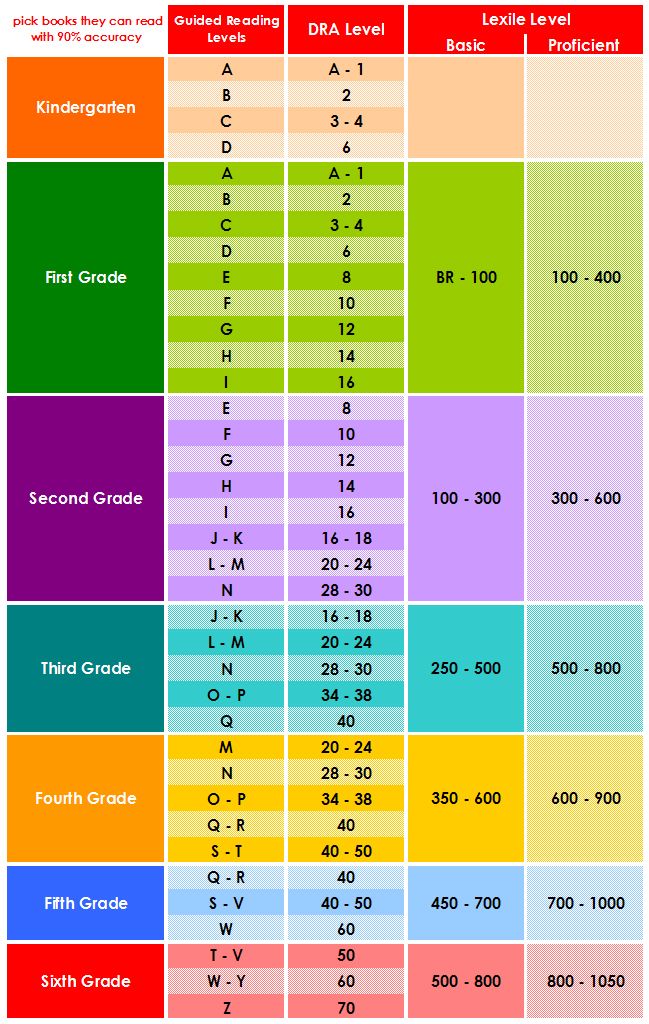 "Computational Linguistics and Intellectual Technologies: Proceedings of the International Conference "Dialogue 2018". Issue 17 (24), 2018
"Computational Linguistics and Intellectual Technologies: Proceedings of the International Conference "Dialogue 2018". Issue 17 (24), 2018
[3] Laposhina A.N. Corpus of RFL textbooks as a tool for analyzing educational materials // Russian language abroad. 2020 No. 6 (283), pp. 22-28
[4] Laposhina AN Experimental study of the complexity of texts in Russian as a foreign language // Dynamics of language and cultural processes in modern Russia [Electronic resource]. - Issue. 6. Materials of the VI Congress of ROPRYAL (Ufa, October 11–14, 2018). - St. Petersburg: ROPRYAL, 2018. S. 1154-1179
[5] Laposhina A.N., Lebedeva M.Yu., Berlin Henis A.A. Influence of word frequency of a text on its complexity: an experimental study of readers of primary school age using the eyetracking method // Russian Journal of Linguistics. - 2022. - T. 26. - No. 2. - C. 493-514.
Levels of knowledge of a foreign language. A1-A2
Since the CEFR system uses the “can do” formula (that is, the set of skills that a student can demonstrate) to determine the level of the language, the CEFR scale gives a detailed description for all aspects of the language at each level.
Language proficiency on a scale can be quite simply described with a couple of words in such criteria as understanding, speaking and writing. For example: “I understand simple texts on previously studied topics”, “I understand individual sentences and can answer in simple phrases”, etc.
Let's figure out together what results can be expected by mastering levels A1 and A2.
Level A1 – Starter (Beginner)
This is the level at which language learning begins. On it, a person is just starting to study the subject from scratch and most often has no idea about the language as a whole.
If you have ever studied a language before, for example, at school, but never practiced it, then your English can be called "false beginner", which means "false beginner".
Program
The Beginner level program includes:
learning the alphabet,
basic reading rules
basic grammatical categories,
The main vocabulary of family and household topics,
Familiarity with elementary phrases of greeting.
And at the end of it, students, as a rule, can answer simple questions when meeting and even briefly tell about themselves.
Required skills
Grammar : Knowledge and ability to use the elementary forms of the parts of speech most frequently encountered at tenses, ability to form simple sentences
Phonetics : Knowledge of the alphabet and basic reading rules
Vocabulary : Knowledge of a minimum vocabulary of words that are frequently encountered in everyday life (~500-1000 words)
Conversation : Basic communication skills needed in everyday situations
Listening : Listening and understanding of basic spoken language
Reading : Comprehension of simple written English in the form of explanations, diagrams and instructions
Practical application
Obviously, in order to enter foreign universities, knowledge at the Beginner level is not enough due to a limited vocabulary and due to poorly developed language skills.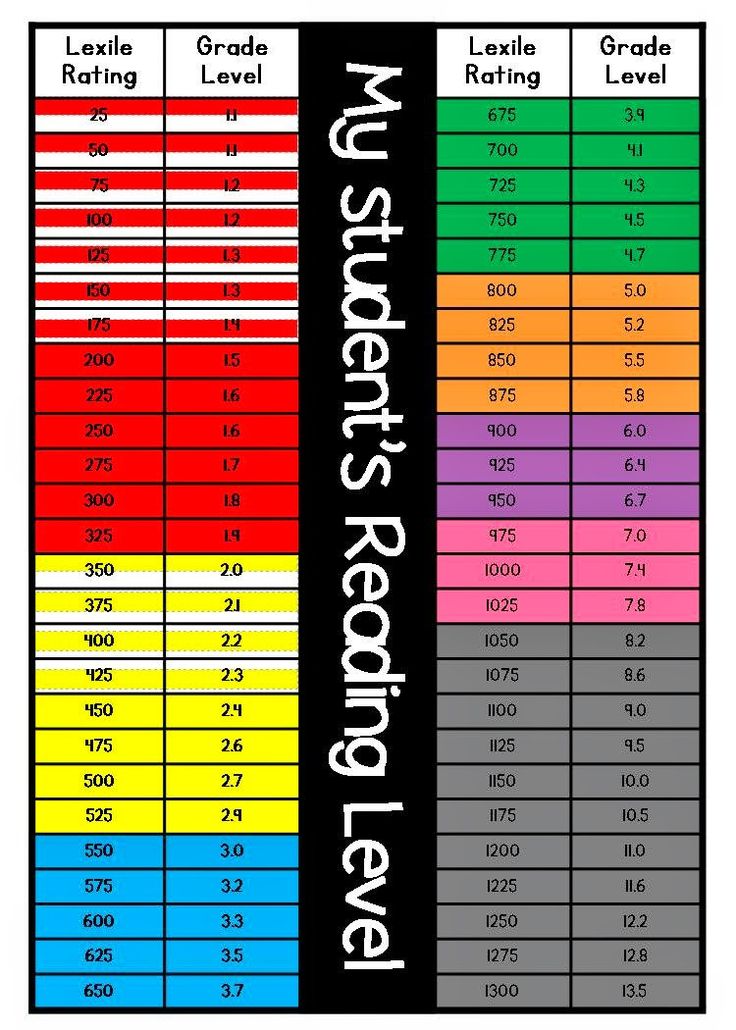 But it is possible to pass such international exams as: IELTS 1.0-2.5 points, PTE Level A1 for English and ÖSD GD1, ÖSD KID for German.
But it is possible to pass such international exams as: IELTS 1.0-2.5 points, PTE Level A1 for English and ÖSD GD1, ÖSD KID for German.
Level A2 - Elementary
Among publishers of educational literature, it is generally accepted that this is the second step in the language learning program. As a rule, at this level, students can already communicate on familiar topics, form sentences correctly, speak with a pronunciation that everyone can understand, and even joke. Sometimes the name of this level is Pre-Intermediate .
Program
In the process of learning at this level, more complex sentences appear, and due to this, the texts become longer. There are infinitives, gerunds, modal verbs and conditional sentences (on the example of the English language).
Already 20% of tasks are allocated for independent work of students of the course, and the ratio of vocabulary to the previous level increases by about 50%.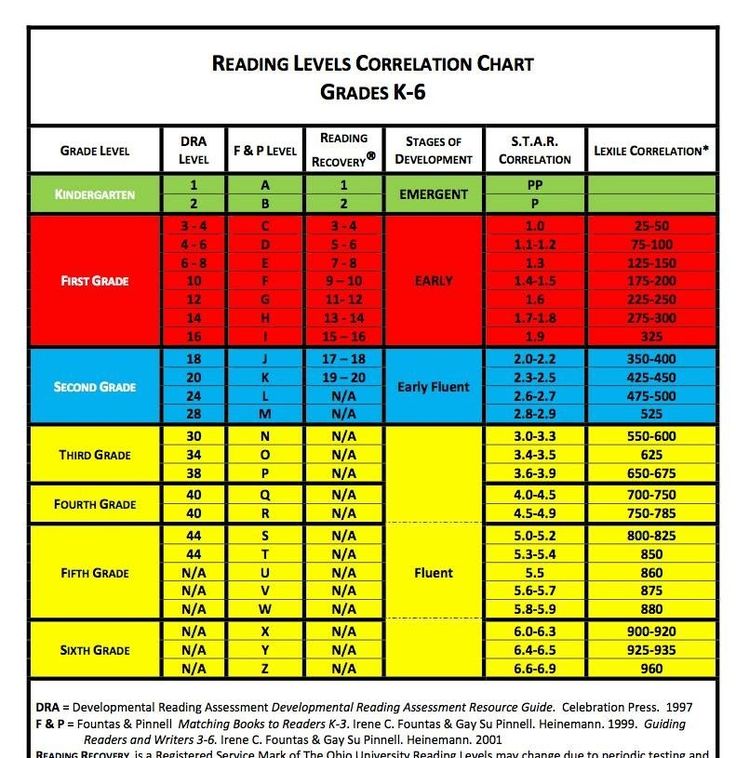

 Our program takes the output of these numbers and plugs them into seven popular readability formulas. These readability formulas (see below) will let you know the reading level and grade level of your text and help you determine if your audience can read your writing.
Our program takes the output of these numbers and plugs them into seven popular readability formulas. These readability formulas (see below) will let you know the reading level and grade level of your text and help you determine if your audience can read your writing.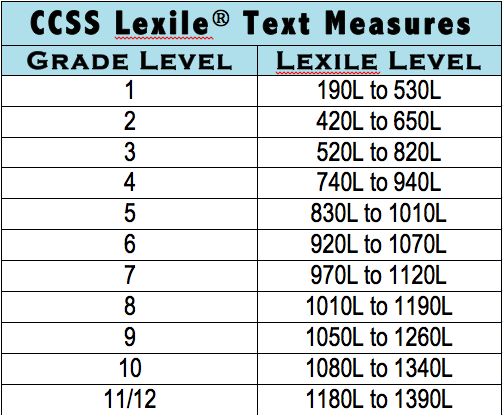 Your sample can be between 150-3000 words. We do not store or reuse your text in any way.
Your sample can be between 150-3000 words. We do not store or reuse your text in any way.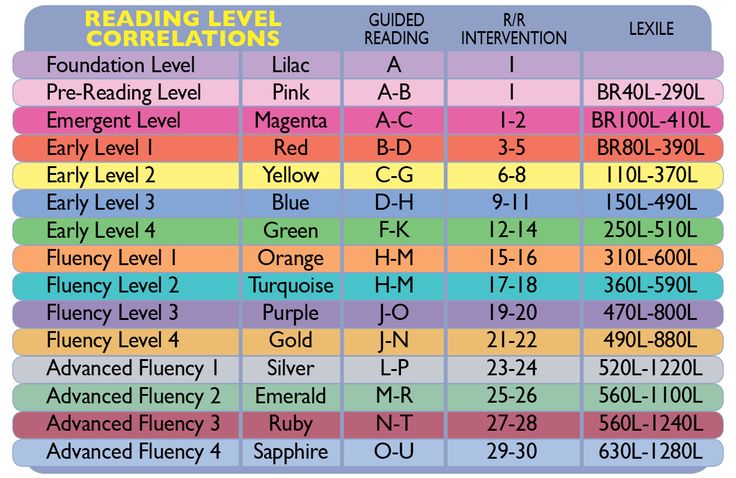 The Flesch-Kincaid Grade Level outputs a U.S. school grade level; this indicates the average student in that grade level can read the text. For example, a score of 7.4 indicates that the text is understood by an average student in 7th grade.
The Flesch-Kincaid Grade Level outputs a U.S. school grade level; this indicates the average student in that grade level can read the text. For example, a score of 7.4 indicates that the text is understood by an average student in 7th grade. 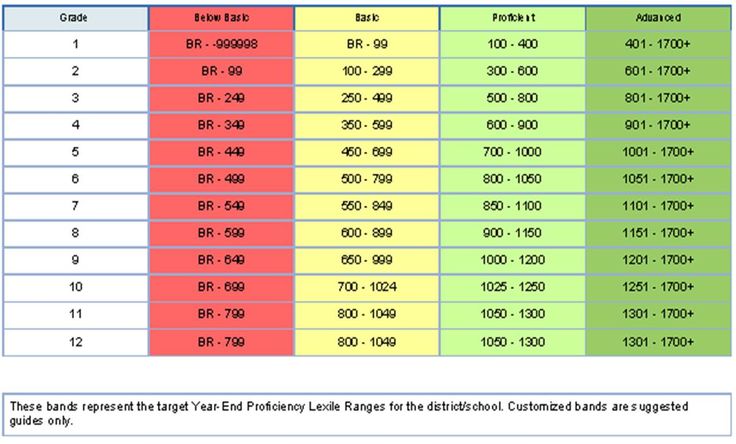 This formula will output a grade. For example, 10.6 means your text is appropriate for a 10-11th grade high school student.
This formula will output a grade. For example, 10.6 means your text is appropriate for a 10-11th grade high school student. 